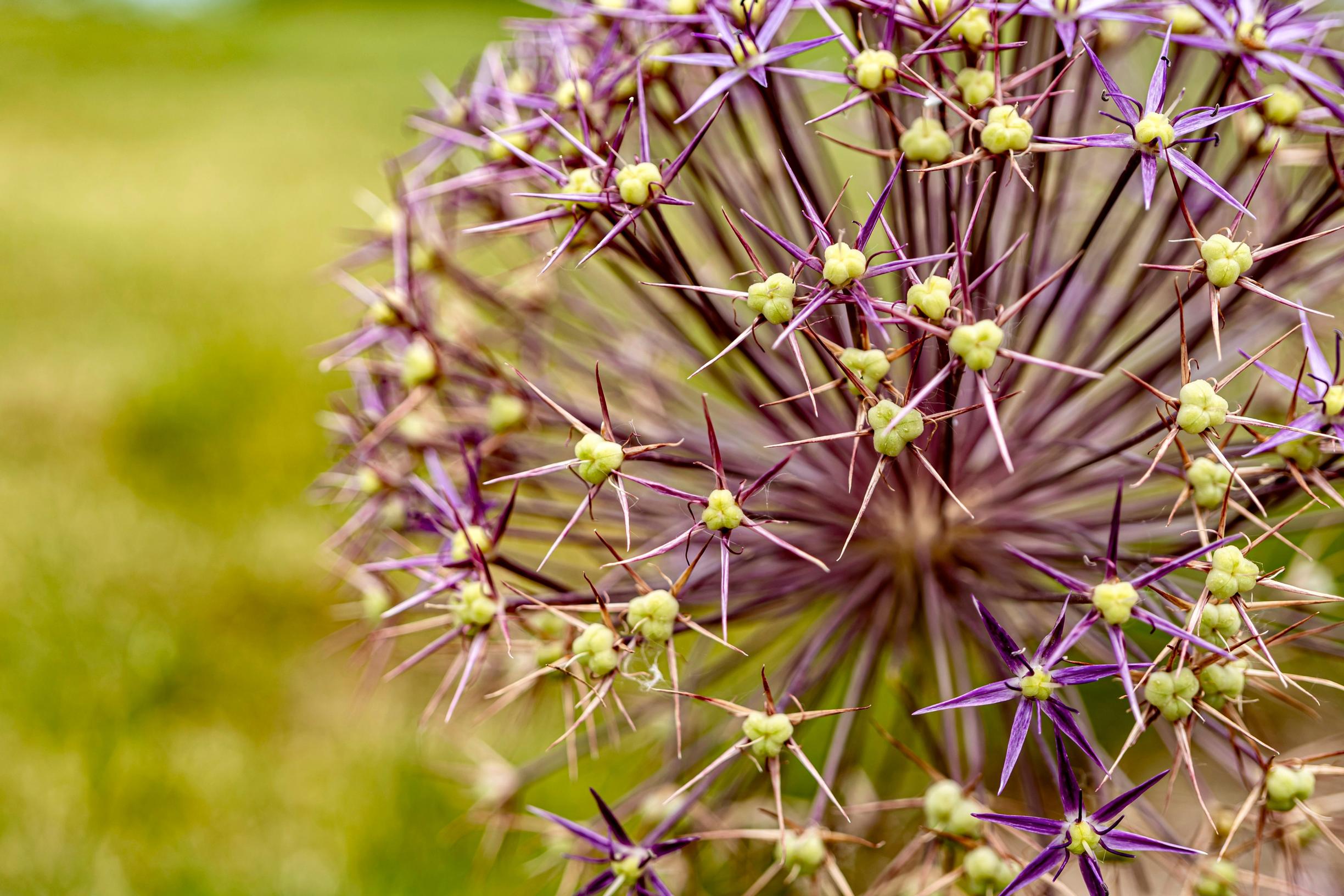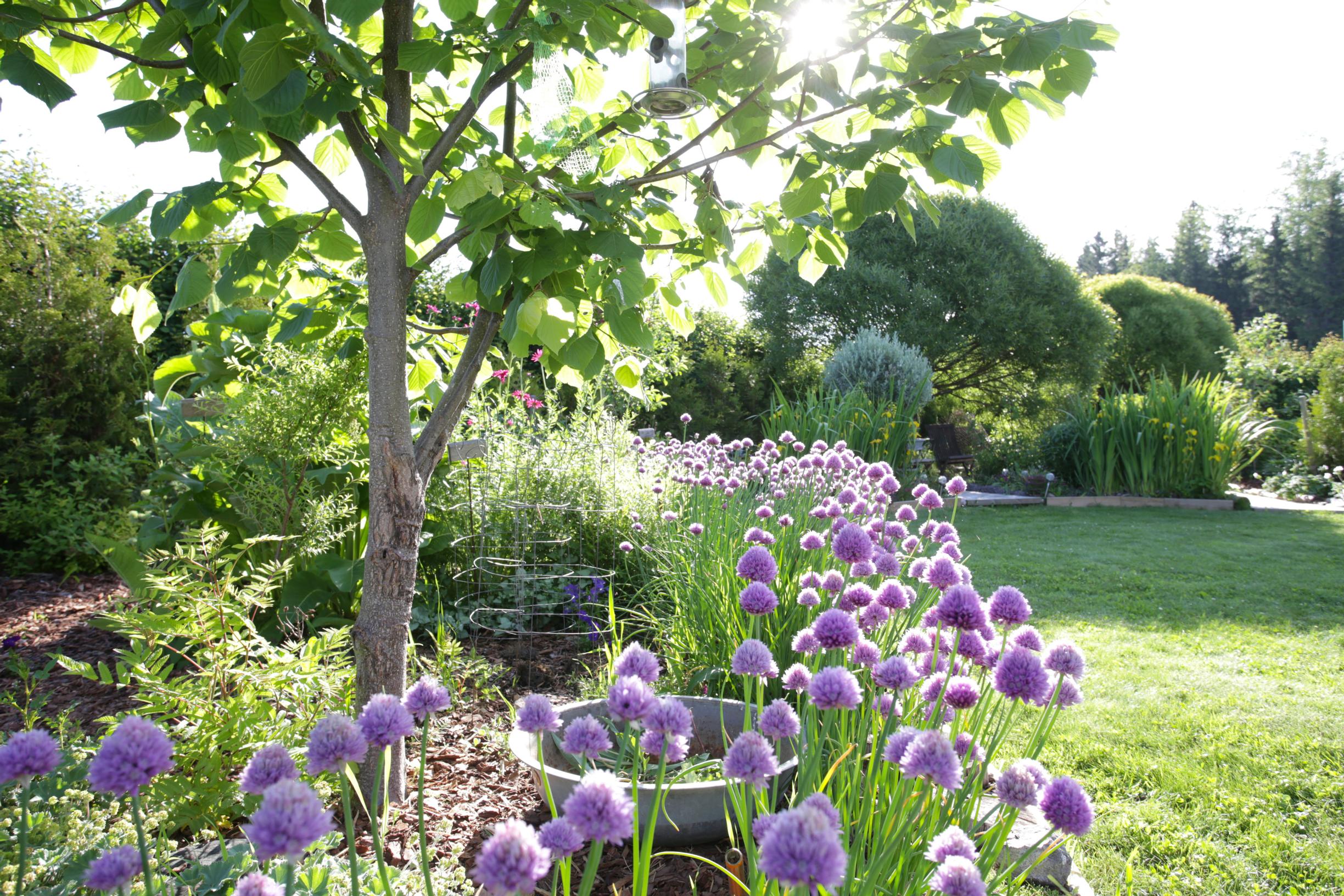
Sculptural alliums: 10 reasons to plant them this fall
Flowering alliums are fragrant, decorative, and draw pollinators like bees and butterflies. Some species are also edible. Ensure next year’s blooms by planting allium bulbs in the ground this fall.
1. Alliums offer vibrant colors and a variety of spherical shapes
Do you love yellow, lilac, purple, and white? Are you drawn to round, soft shapes, tight spheres, or lightly spun clusters? If so, flowering alliums are perfect for you. This diverse genus provides plenty of options for all types of gardens. Bold colors and clean, well-defined blooms pair naturally with a modern setting, while delicate pastel shades and airy forms whisper the language of a romantic garden. Let the colors shine in sunny spots, and plant white-flowering varieties to brighten shadier corners. Allium libani and the springtime favorite among food enthusiasts, ramsons, both bloom with lovely white flowers and thrive in light shade.
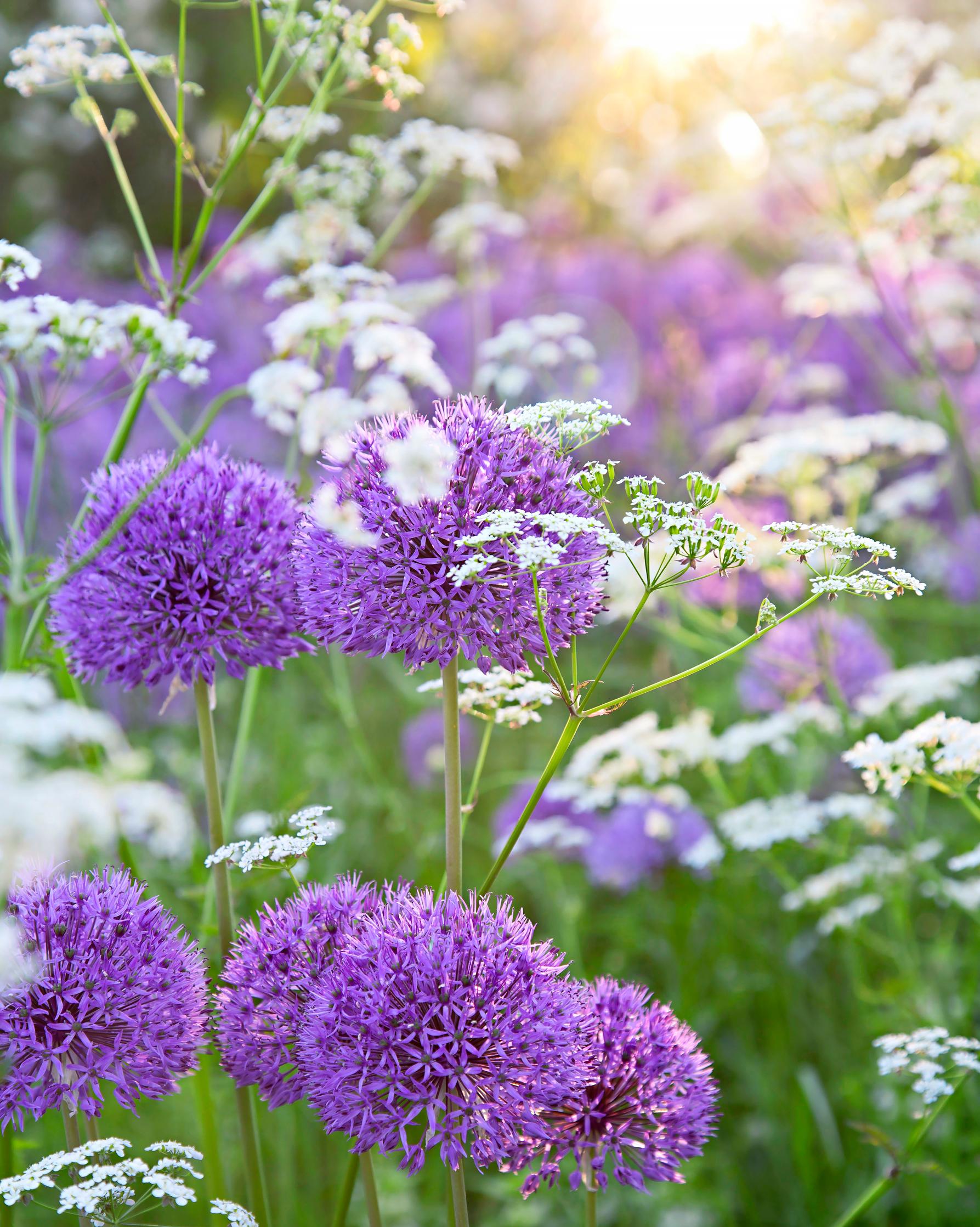
2. Planting is a fun fall task
Planting alliums helps you pace your gardening tasks, since bulbs go into the ground at the end of the growing season. Bulbs planted in fall take root in cool soil and get a natural cold treatment over winter for next summer’s blooms. If you can’t plant your new bulbs right away, store them in a cool, dry place. In northern Finland, you can start planting in September–October, while southern areas have about a month longer. Covering the planting spot with fallen leaves helps protect the rooting process.
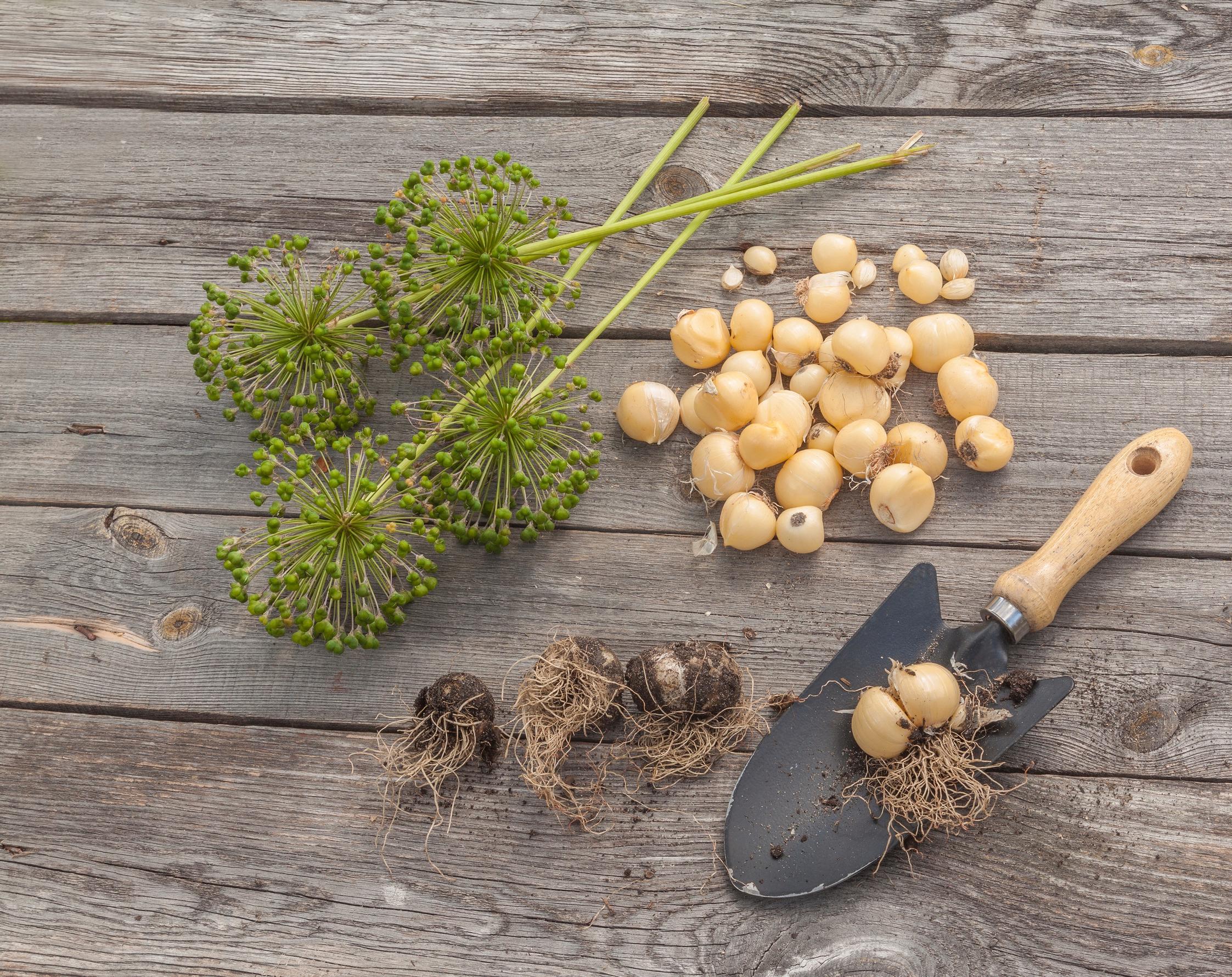
3. You can get your favorite varieties early
Alliums are true seasonal products in garden stores, with bulbs appearing on shelves only in late summer due to their growth cycle. If your bulb fever starts in spring, you don’t have to wait until fall. Some retailers begin presales months before shipping, so early planners are more likely to get the varieties they want. If you dream of an entire sea of alliums, it might be worth checking online shops, as dormant bulbs handle shipping well.
4. Every part of ramson is edible. Taste the leaves on bread and decorate salads with its flowers.
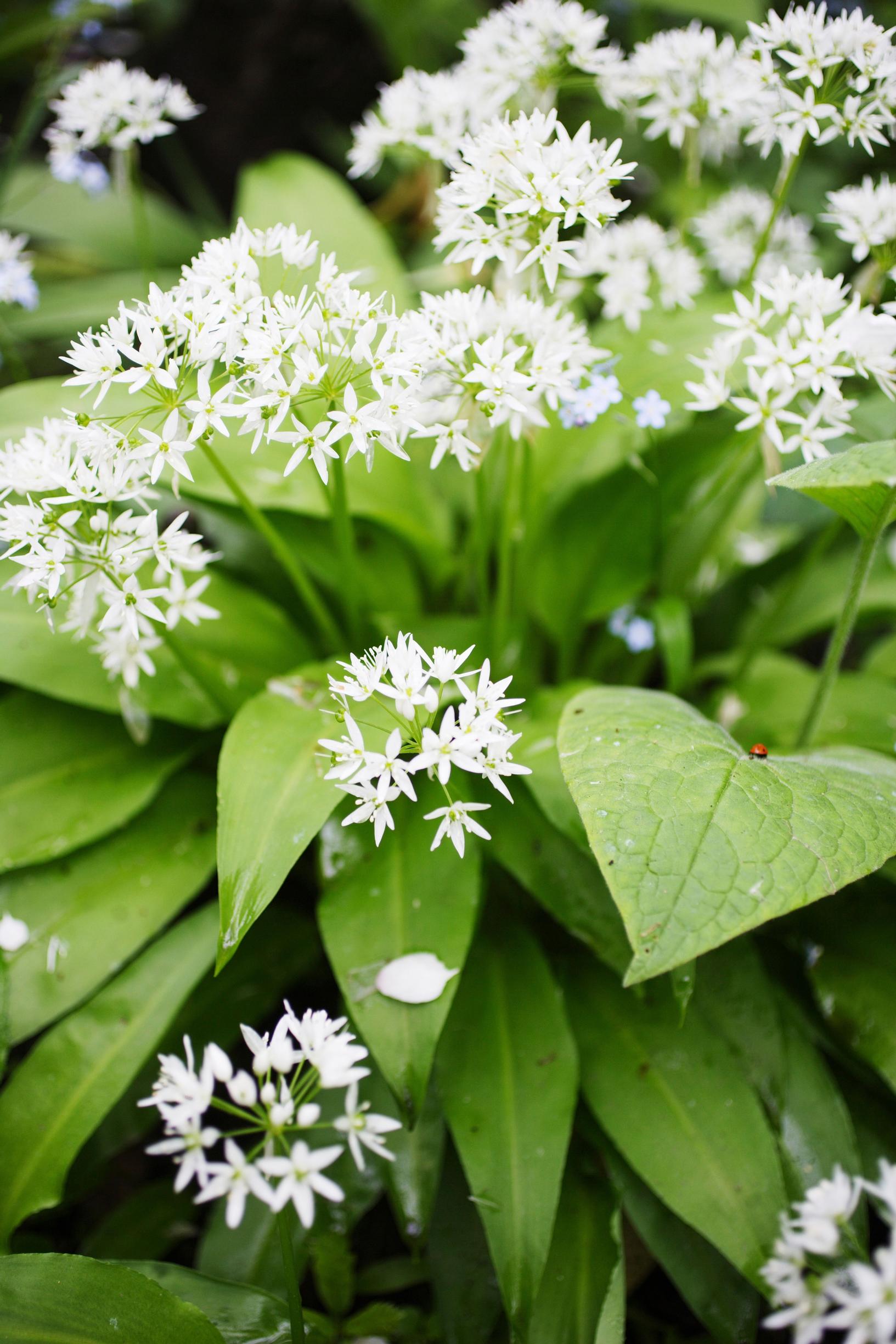
5. You can propagate plants from seeds and offset bulbs
Many alliums multiply both by seed and offset bulbs that form alongside the parent bulb. If offsets appear, lift the cluster from the ground, separate the bulbils attached to the parent, and replant them to grow bigger. It takes a few years for small bulbs to mature and bloom. Sand leeks and field garlic rarely produce seeds; instead, you can propagate them with bulbils that appear at the base of the flower head.
6. Alliums provide nectar
Flowering alliums are excellent nectar plants that attract both bees and daytime butterflies. The blues, day-flying hawk moths, and fritillaries often visit the blossoms of common chives. Interestingly, the allium moth’s caterpillar won’t eat any other plant.
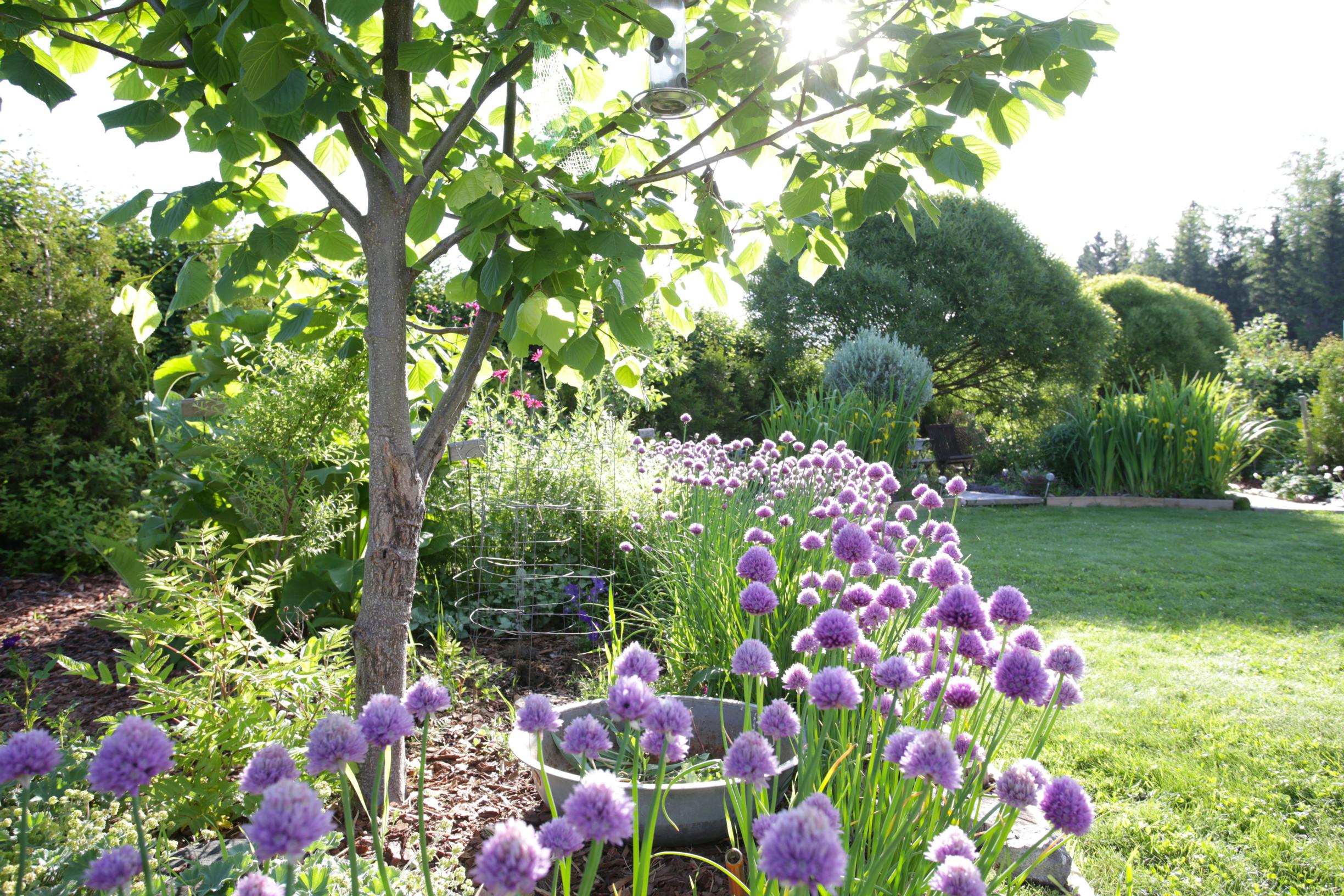
7. Blooms add a distinctive rhythm to garden beds
Give your perennial bed a boost by planting alliums in grouped clusters. Their symmetrical, geometric spheres stand out for their clarity, and repeating this shape creates a pleasing rhythm. The deep purple globes of round-headed leeks and the slightly taller very-dark purple allium keep time with mid-height perennials. ‘Summer Drummer’ beats out a summer rhythm from its impressive height. Or perhaps you’d prefer a free-flowing sea of bobbing spheres?
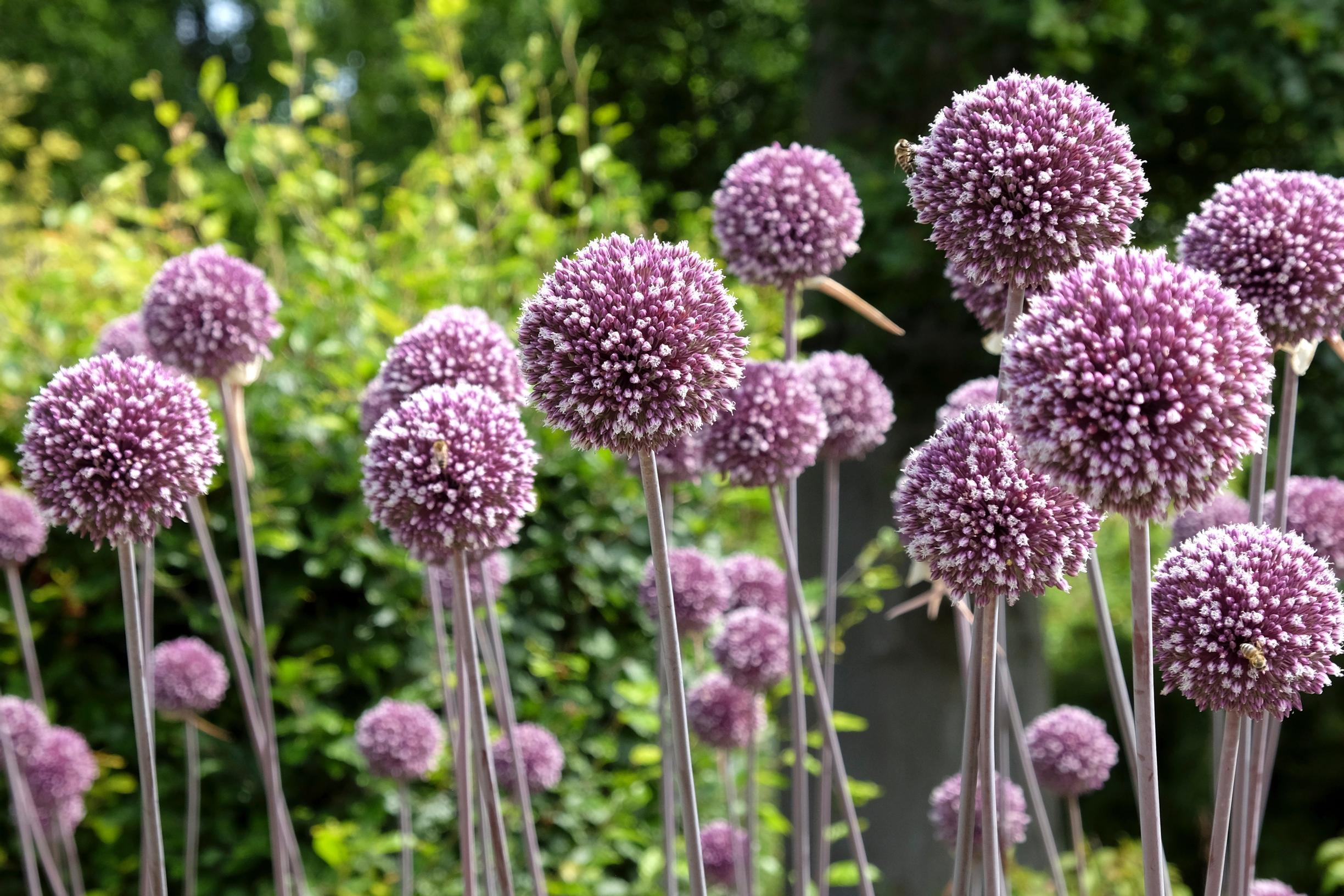
8. Ideal for meadows and dynamic plantings
Self-seeding varieties add a hint of wildness to dynamic perennial borders and casual groupings. The large blooms of Dutch garlic drop seeds across a small meadow, while the charming pink lily leek spreads more discreetly. Low-growing ramson and moisture-loving yellow garlic extend under shrubs and into woodland gardens, and chives bring color to rocky pockets and dry slopes.
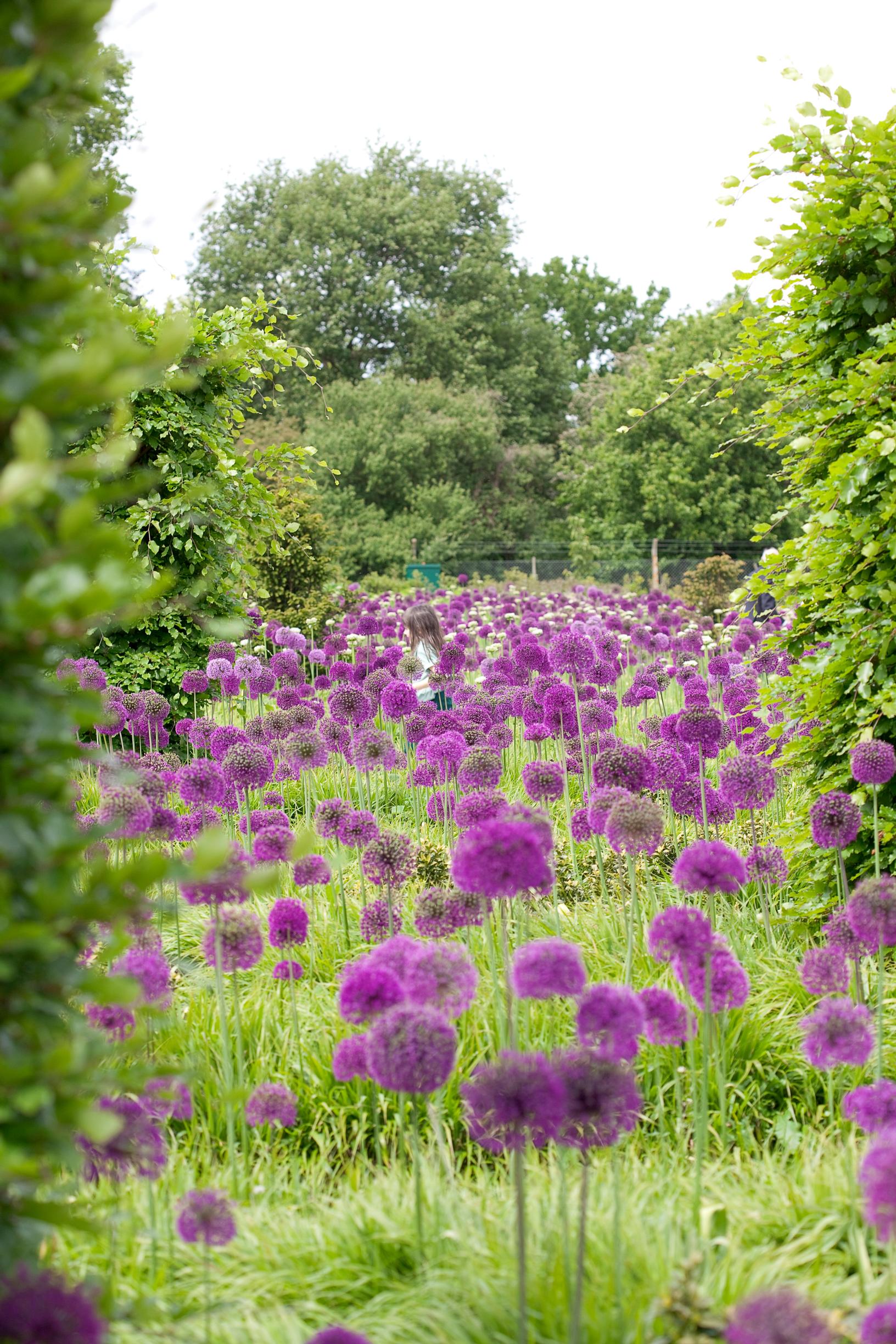
9. Lollipops, cotton candy, and balloons. The round blooms of alliums are the happiest delights of the garden.
10. Blooms look beautiful even when dried
Alliums that bloom in early summer set seed by midsummer, giving many species a brand-new look. The Persian onion's blooms lighten from berry shades to milky coffee, with tiny star tips turning even sharper.
